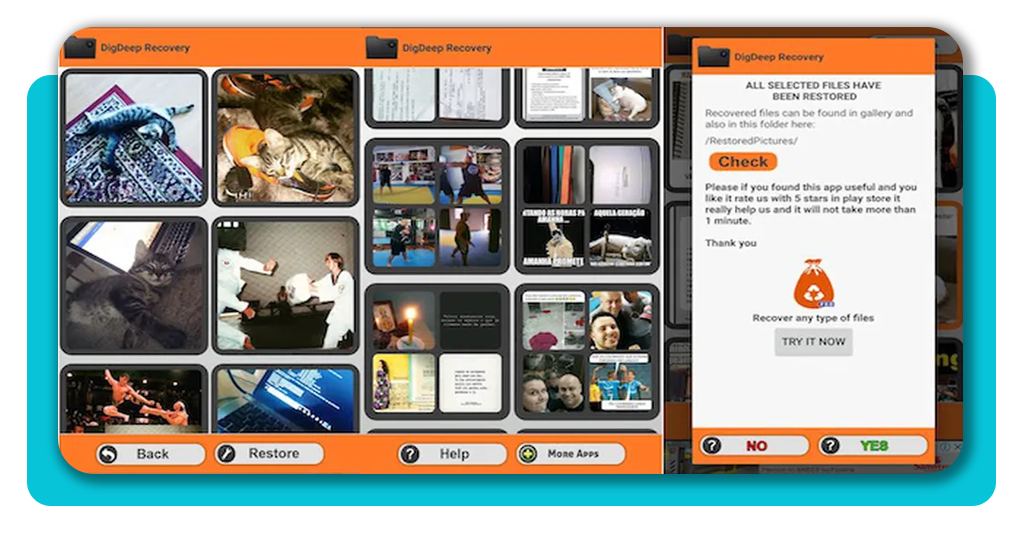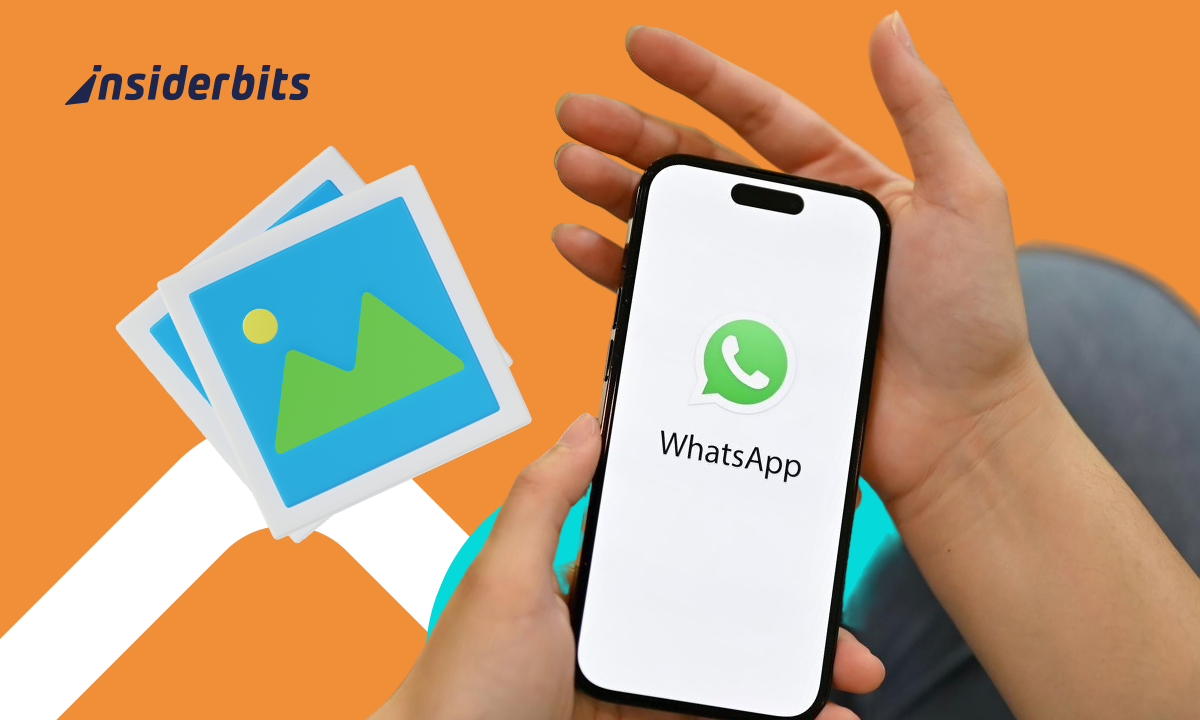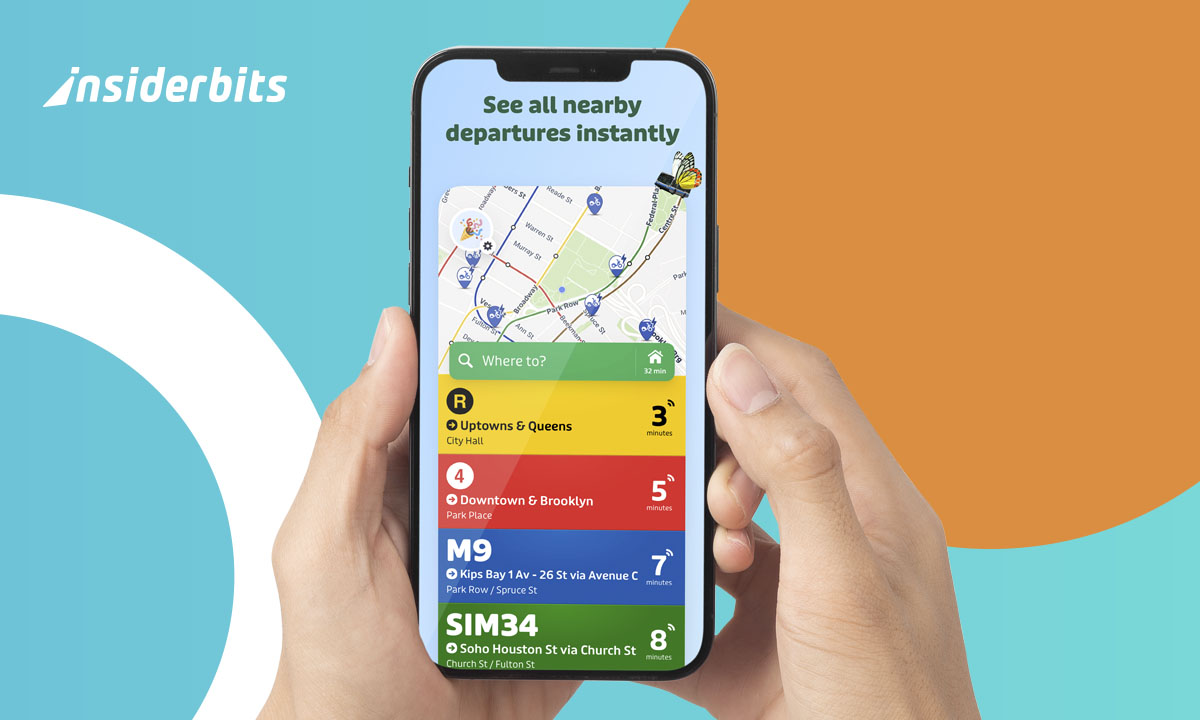Losing photos on WhatsApp feels like watching digital memories vanish into thin air. One minute you’re scrolling through a chat full of family pictures, and the next, it’s just… empty. No backup. No warning. Just regret. But here’s the thing: your deleted WhatsApp photos might not be gone forever. Even without a Google Drive backup, there’s a way to dig them up — quite literally — with a little help from DiskDigger Photo Recovery.
This app has been saving the day for anyone who’s accidentally deleted the irreplaceable. If you’ve ever hit “delete” too fast or wiped out a conversation that mattered, keep reading. I’ll show you how to recover your WhatsApp photos easily, step by step, using one of the most trusted recovery tools available for Android.
- Add Photos with Music in the Whatsapp Status
- App To Block WhatsApp Notifications
- Auto-Reply on WhatsApp: Stay Responsive
Recover deleted WhatsApp photos with DiskDigger
DiskDigger Photo Recovery is a small but powerful app designed to restore lost or deleted images from your device’s internal storage or memory card. What makes it stand out?
It scans your phone directly to find traces of deleted files and brings them back. If you accidentally cleared a chat, reset your phone, or ran out of storage space, DiskDigger can still detect files that haven’t been overwritten yet.
That’s your golden window. The sooner you act, the higher your chances of recovery. You can visit the official DiskDigger website for extra details about compatibility and recovery options, but let’s get to the practical part: using the app to get your photos back.
Step-by-step: how to use the app
Follow these simple steps to recover your deleted WhatsApp photos:
Step 1: download and install the app
Head to DiskDigger Photo Recovery on Google Play and install it. It’s lightweight, quick to set up, and doesn’t require rooting for basic recovery.
Step 2: grant permissions
Once you open the app, give it access to your device’s files and storage. This allows it to scan every folder, including the hidden ones where WhatsApp stores media.
Step 3: select a scanning mode
If your phone isn’t rooted, choose the “Basic Photo Scan” option. It’ll locate recently deleted images. For deeper searches, rooted devices can use “Full Scan”, which combs through your entire storage.
Step 4: wait for the scan to complete
The app will display thumbnails of deleted images it finds. It might take a few minutes, depending on your device and storage size.
Step 5: preview and recover
When the results appear, scroll through them to locate your WhatsApp images. Select what you want to restore and tap “Recover”. You can save the files to your phone or upload them to Google Drive or Dropbox for safekeeping.
In just a few taps, your photos are back. Cut the panic (and tech headaches).
Tips for better recovery results
Recovering lost data has nothing to do with magic; it requires timing and technique. Here are a few ways to improve your chances of bringing those WhatsApp photos back intact:
- Act fast: the longer you wait, the higher the chance new data will overwrite deleted photos;
- Avoid installing new apps right after losing files, as they might occupy the same storage sectors;
- Run the app multiple times, especially if you’re searching for specific images;
- Root your phone if you want to perform deep recovery (optional but effective);
- Back up your media regularly using cloud services like Google Photos to avoid future disasters.
If you often share or save content on WhatsApp, tools like the Insiderbits WhatsApp Status guide can also help you manage your media more efficiently, making it easier to prevent accidental loss next time.
Where to download DiskDigger
You can get DiskDigger Photo Recovery directly from its official website or the Google Play Store. It’s free to use, but a Pro version is available if you need to recover videos, documents, or other file types.
4.5/5
For users who prefer to double-check instructions or troubleshoot issues, the developer’s FAQ on diskdigger.org offers clear, detailed answers to the most common recovery questions.

Why DiskDigger works when backups don’t
Most recovery tools rely on cloud syncs or saved chats, but DiskDigger digs into the physical storage of your phone.
Think of it as forensic photography, hunting for file fragments that remain even after deletion. This is what makes it invaluable when your WhatsApp backup failed or wasn’t enabled at all.
Many users report that it can restore images deleted weeks ago. Provided the data hasn’t been replaced. It’s not perfect, but it’s often the only reliable way to get personal memories back when everything else fails.
And in an age where so much of our lives inside chat apps, that’s a small miracle worth knowing about.
Final thoughts
Losing photos can feel like losing a part of your story — the trips, the birthdays, the inside jokes that only live in your WhatsApp chat history. But thanks to tools like DiskDigger Photo Recovery, there’s still hope.
This lightweight, no-fuss app helps anyone restore their deleted WhatsApp photos in minutes. Whether it’s a single memory or a whole gallery, the process is straightforward and, best of all, free.
So if you’ve just realized your favorite pictures are gone, don’t panic. Download DiskDigger and bring back your deleted WhatsApp photos today.
Or as I’d like to put it: your memories might’ve taken a digital detour but they’re still within reach.





